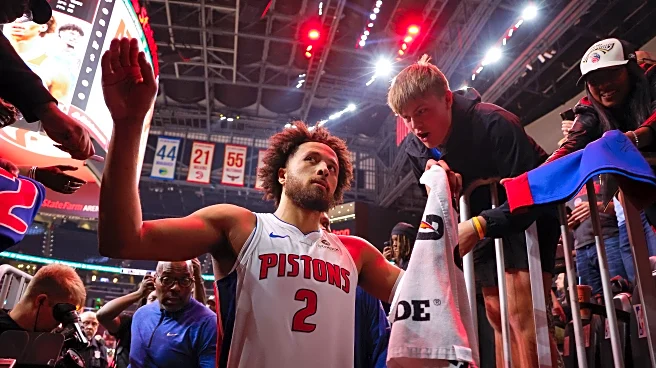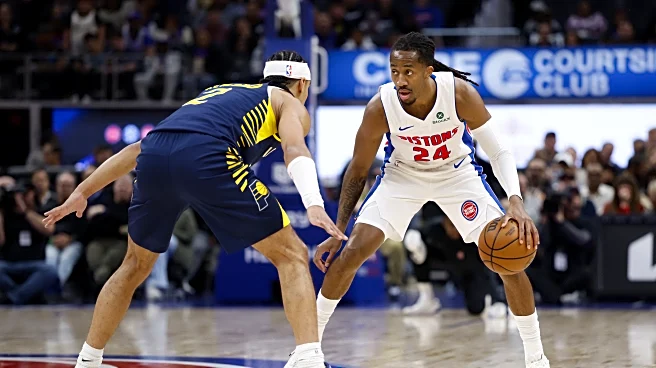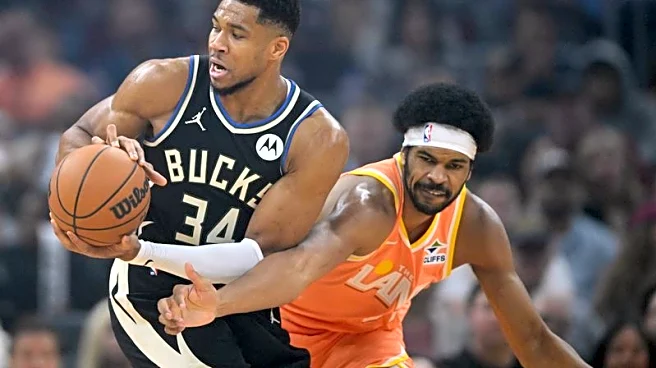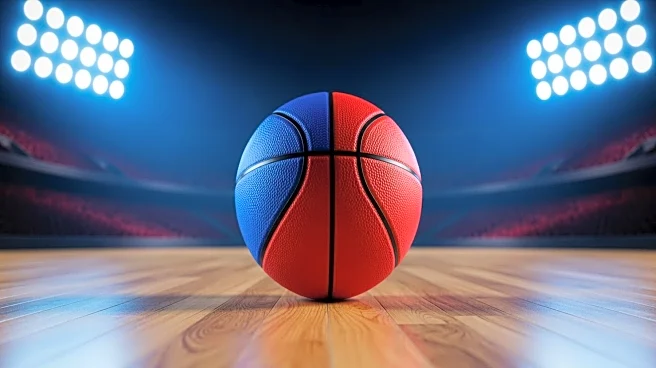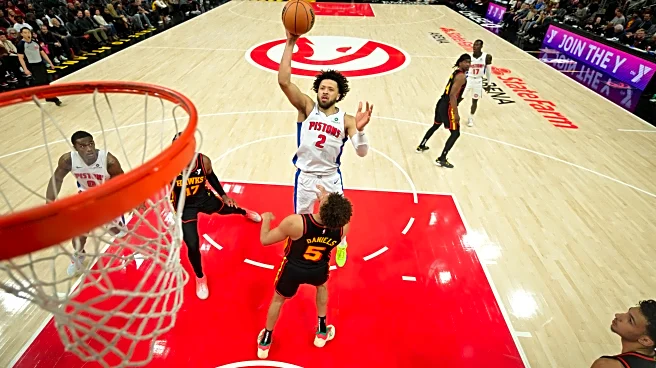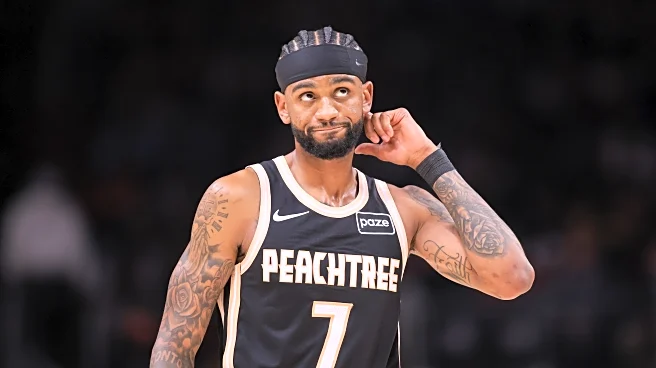An 11-game win streak has the Detroit Pistons sitting comfortably atop the Eastern Conference in a still very young season, and they remain arguably the best story in the NBA right now.
It’s wild to think
that just two seasons ago, this same young core set an NBA record with 28 straight losses. The turnaround has been a testament to the work JB Bickerstaff has done in creating an environment built around winning, accountability, and an identity fans can finally latch onto.
Here are three more points from the week that was:
1. What’s the Ceiling?
How long does this have to last before this stops being a “cute” early season story from a young team? What the Pistons have done over the last few weeks—while shorthanded—has only reinforced the idea that the culture is real and sustainable. Watching them, you can feel the collective buy-in, the defensive edge, and the nightly grit.
Detroit’s floor has clearly risen. But how high has the ceiling climbed? Is an Eastern Conference Finals appearance still a dream, or is it inching toward a legitimate expectation?

It may take more time to fully answer that, but the fact that we’re even asking those questions before December speaks volumes. Once the roster gets healthier and the rotations stabilize, we’ll get a clearer look at just how far this can go.
2. Who Deserves More Minutes?
One of the big preseason concerns was how the bench would hold up after losing several key reserves. Few could have predicted the level this group has risen to—keeping the Pistons afloat and thriving, despite a wave of injuries.
Case in point: Detroit dominated Chicago in a game where the starting lineup was Dennis Jenkins, Duncan Robinson, Ron Holland II, Paul Reed, and Javonte Green. Three players who barely factored into the rotation early on, a second-year reserve, and Robinson—who would be coming off the bench if Jaden Ivey were healthy. That’s culture on display.
If anyone has earned additional minutes, it’s Green and Reed. With the Pistons near the top of the league in most fouls committed, their physicality and energy will be needed throughout the season, regardless of who’s available.
Jenkins is the most fascinating case. With Ivey and Marcus Sasser playing similar roles, his path to a larger opportunity isn’t clear—but his play absolutely warrants consideration. How the guard rotation settles once everyone returns will be something to monitor closely.
3. The NBA Middle Class Is Unhinged
Maybe it’s partly the way Detroit has won some of these shorthanded matchups, but it feels like the league is deeper than ever. A team missing multiple starters used to be drawing dead five or 10 years ago. Now? The talent pipeline is so strong that second-unit or fringe rotation guys can keep teams afloat on any given night.
In the Pistons’ case against the Bulls and 76ers, culture clearly played a major role. Their bench didn’t just fill minutes—they attacked those games as opportunities, both individually and collectively, to simply go win.

I’d still like to do a deeper dive into how teams across the league fare without their top players over extended stretches, but it really does feel like the landscape has shifted. The NBA middle class is deeper—and more dangerous—than ever.
